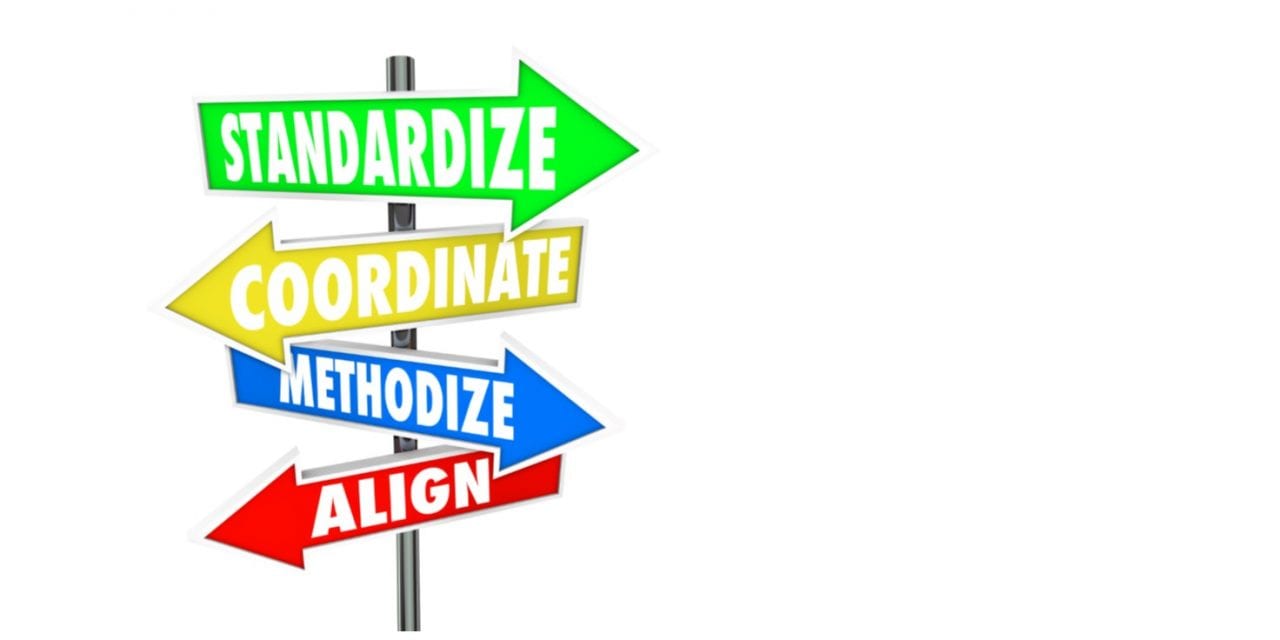The benefits of standardization could be a matter of life and death . . . literally.
By Susan Saldibar
Now that we’re in the middle of hurricane season, we are already hearing tragic stories of seniors stuck in debris or floods and moved from one damaged or flooded facility to another. I still recall images from Hurricane Irma of elderly patients sitting stranded with flood water swirling a couple inches beneath their beds.
Moving residents from one community to another is disruptive and disorienting to everyone, from the residents to the staff to the worried families. But what if, on top of everything else, they couldn’t use their emergency call buttons and wearables at the other location? And what’s the likelihood they’ll need them? Pretty high, I would think.
Jacquie Brennan, VP of Operations for Vigil Health Solutions (a Senior Housing Forum partner), has seen this nightmare unfold. She’s also experienced the benefits of standardization, most recently after Hurricane Florence. “One of the communities had to evacuate its residents to another community in a safer location,” Jacquie tells me. “Fortunately, they had Vigil systems across all their communities. All we had to do was to export the pendant programming information from the original site to the database of the safe site,” she explains. “Within about five minutes the newly relocated residents had full use of their pendants while at the temporary location.”
The point to all this is that standardization is important, especially with processes and technology. And, especially in senior care environments. But there are other reasons to standardize. Jacquie has also experienced these benefits first hand.
-
More economical. From purchase to maintenance contracts, there are savings to be had by standardizing systems across communities.
-
Allows you to easily compare key indicators and benchmarks. If you have 5 communities with the same call system and all have good response times except one, what is going on at that site?
-
Allows you to share knowledge between sites. Whether maintenance tips or user tips, you can use what one site has learned to benefit the others.
-
Allows you to stop reinventing the wheel with every new project. Write one training manual and use it everywhere. Use the same specs from the last project to save time and resources in the planning process.
-
Inventory availability and access. If you need extra pendants or spare parts, you can borrow from another community.
-
Makes life easier for Regional Managers. For RMs in charge of five or more properties, having a standard call system allows them to track performance more easily and saves significant time.
-
No need to retrain employees moved from one facility to another. If you’re short staffed and need a team member from another community, he or she will already be familiar with the call system. One less person to train!
Okay, so assuming a community has two or even three different call systems spread across communities, how do they begin to standardize? Jacquie suggests that you first assess the systems you have. “Sit down with the people who use these systems and conduct your own internal survey,” she advises. “Determine which system checks the most critical boxes, arrive at a decision and begin the process of replacement.” Vigil will work with communities to standardize without disrupting the residents or the staff.
Actually, I have one more advantage to add. Assuming you have a great system, like Vigil, you can use the standardization as part of your value statement. Something like, “We are using the advanced Vigil Integrated Care Management System across all 20 of our communities.” As a potential senior living client, that sounds good to me.
For more information on Vigil Health Solutions, you can visit their website:
Download a PDF copy of this article by clicking on the button below:







